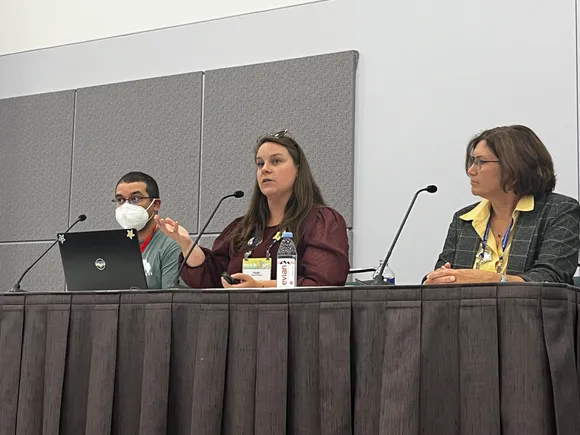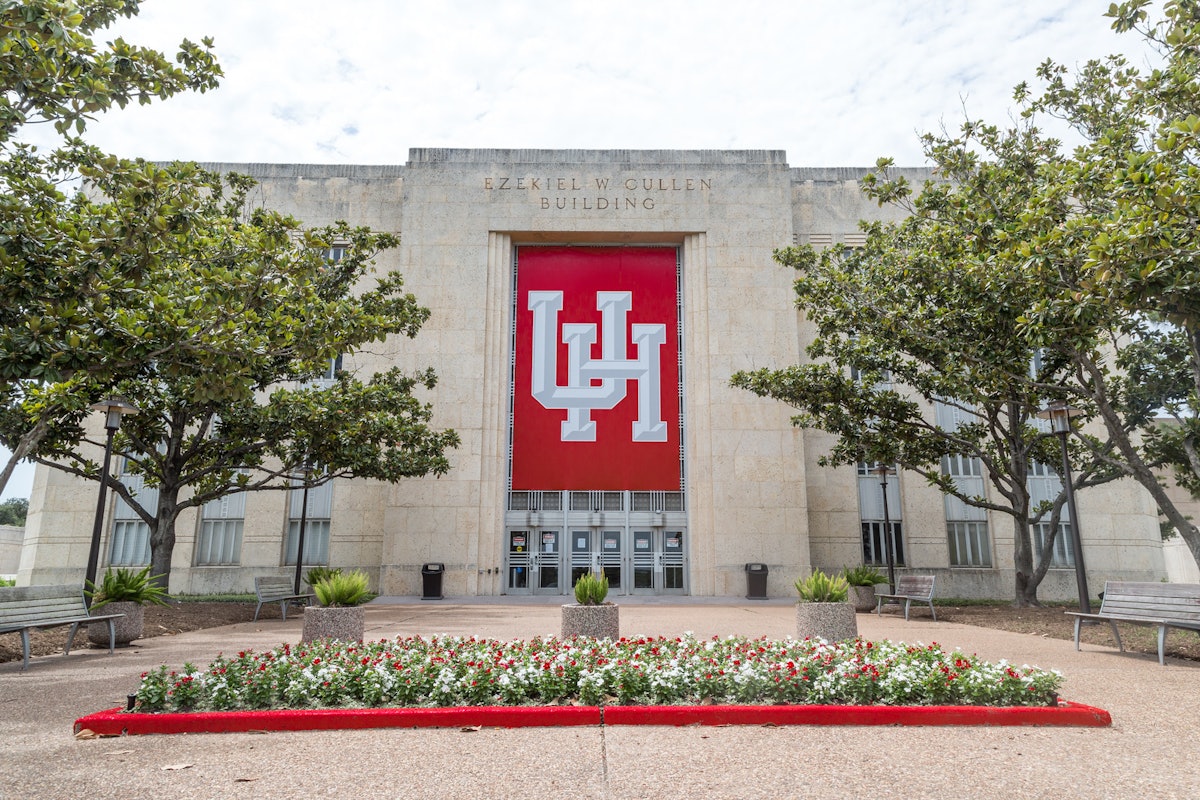Dive Brief:
- The average salary for full-time faculty climbed to roughly $112,000 in the 2023-24 academic year, representing a scant 0.4% year-over-year increase when adjusted for inflation, according to an annual report from the American Association of University Professors.
- However, inflation-adjusted salaries remain far below pre-pandemic levels. AAUP found the average real salary for full-time professors fell 7.1% from the 2019-20 academic year to 2023-24.
- Meanwhile, salary growth for presidents has outpaced that of full-time professors for years, according to the report. At doctoral institutions, for instance, the ratio of a president’s salary to an average full professor’s salary was 4.6 last fall, up from 4.2 three years prior.
Dive Insight:
AAUP’s report details long-standing faculty issues in higher education, including stagnant wages, pervasive gender and racial pay gaps, and rising shares of contingent workers. Contingent faculty, who lack tenure protections, now make up 67.7% of nonmedical faculty appointments.
“The declining numbers of tenured and tenure-line appointments, increasing numbers of contingent appointments, and increasing reliance on graduate student employees to teach classes weaken academic freedom, faculty governance, and the integrity of faculty work, and these trends ultimately diminish student learning,” the report said.
Part-time faculty members face “particularly dire” conditions, AAUP said. Those paid based on how many classes they taught “received an average of $3,903 per three-credit course section” in the 2022-23 academic year, the report said. When adjusted for inflation, the rate represents a 5% pay decline from the 2019-20 academic year.
Moreover, many of these workers lack job security. The majority of part-time contingent faculty, 59.2%, are on nonrenewable contracts, compared with just 5.1% of full-time contingent faculty members.
AAUP points to two factors — rising levels of long-term debt and noninstructional spending — that are preventing colleges from “supporting real wage growth” to make the academic profession more attractive.
Long-term debt held by U.S. colleges reached $388 billion in 2022, up 30.9% from 2011 when adjusted for inflation.
Colleges with the largest endowments have relatively low levels of debt compared with their assets, the report noted. However, “more than 1,100 institutions reported debt-to-assets ratios over 1.0 in 2022, meaning that they carried more debt than the value of their endowment assets,” AAUP said.
The organization pointed out that the median base salaries for doctoral institution presidents reached around $642,300 in fall 2023, up 27.1% from the median pay in fall 2019, the organization found. That’s compared with an increase of only 10% in the average base salary for full professors at those institutions, growing to roughly $176,200.
AAUP’s report draws on a survey of almost 880 colleges, which provided employment information for more than 460,000 faculty members.
#Salaries #fulltime #faculty #tick #inflation #AAUP #finds










